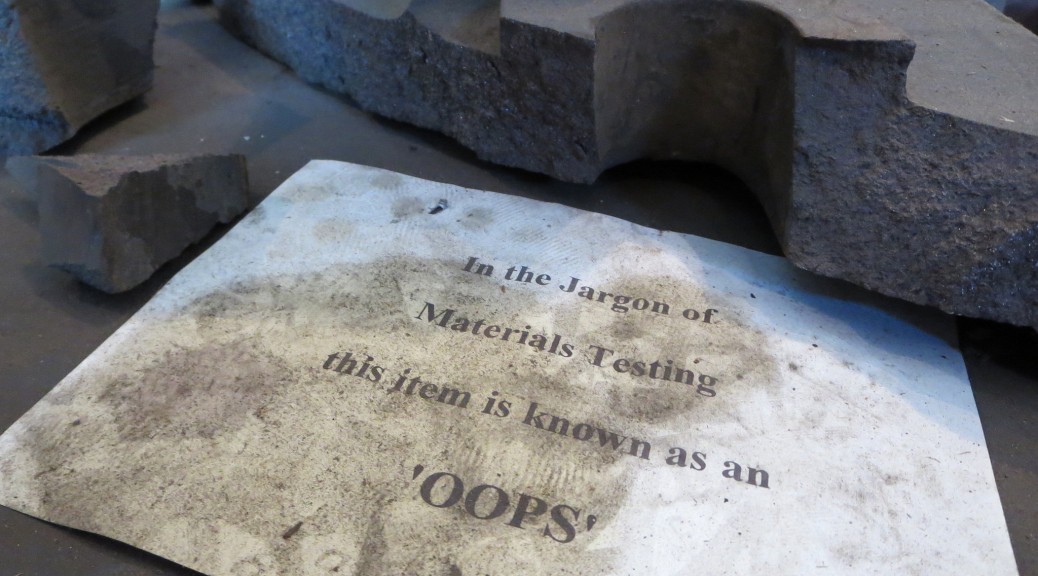Technical communication often covers complex and specialized subject matter, sometimes requiring a high-degree of literacy, and an advanced graduate or professional degree to understand completely. Just as frequently, though, the audiences you’ll encounter in the non-academic workplace will comprise non-specialists and specialists alike, as well as groups with varying levels of formal education and literacy. For that reason, unless you are communicating with a narrow, specialized audience–the readers of a professional or academic journal, for instance–you may be asked to use “plain language” standards in your communication.

So what is “plain language,” exactly? At its core, creating plain language communication involves using simplified syntax and vocabulary to communicate complex ideas without losing essential information or meaning. A number of resources are available to help you understand and apply the guiding principles of the plain language movement. The PlainLanguage.gov website is one of the most useful. Plain language is the law, pursuant to an executive order requiring all federal agencies to use “clear Government communication that the public can understand and use” (Plain Language). Read the law (it’s short). You can use it to help your own writing and to guide you in helping others.
Even when you’re not legally required to use plain language, it often makes sound rhetorical sense to do so. In many cases, everything from corporate mission statements to legally binding contracts can benefit from application of what the Center for Plain Language identifies as “The ten commandments of simplification.” Skillful communicators have a responsibility to create information that is useful and usable for its audiences. In their widely cited article, George D. Gopen and Judith A. Swan (1990) “demonstrate a number of rhetorical principles that can produce clarity in communication without oversimplifying scientific issues” (p. 550).
Posting: Group 2
Commenting: Group 1
Category: Plain Language
For this blog post, consider a situation from your personal experience in which plain language communication was or might have been useful. Or, you might consider a situation in which the use of plain language created or might have created unexpected negative consequences. According to the Center for Plain Language, “Plain language is a civil right.” This statement could be read to imply that the use of specialized, technical discourse is somehow anti-democratic. The statement also presumes that complex ideas about science, technology, philosophy, law, politics, etc., should be accessible to specialized and non-specialized audiences alike. Take a position on whether and when plain language concerns should influence technical communication, and whether and when plain language concerns might be outweighed by other issues. Use the questions below (or similar ones you create) as starting places as you craft your post:
- What role might plain language principles play in encouraging greater public understanding of STEM fields and interest in STEM education?
- Are there circumstances in which using plain language could interfere with your ability to communicate effectively with your intended audience?
- Plain language principles (and our text) presume the author bears the primary responsibility for assuring communication is usable for its intended audiences. What do you think of that presumption? What responsibilities should the audience bear, if any?
In your Blog #6 post, you need to take a focused position about plain language and its proper role in your technical communication process rather than taking a scattered approach (which would happen if you simply wrote a few sentences in response to each question). Please carefully read and follow the guidelines and posting information for this blog. You can quote from additional articles you read as support for your position. You should include specific workplace examples to further support your argument. Make sure to document your sources.
Sources Cited
Gopen, George D. and Judith A. Swan. The science of scientific writing. (1990). American Scientist, 78, 550-558.
Plain Language. http://www.plainlanguage.gov/index.cfm
Center for Plain Language. http://centerforplainlanguage.org/
Featured Image Credit: “jargon” by Sarah O’Carroll on Flickr.
